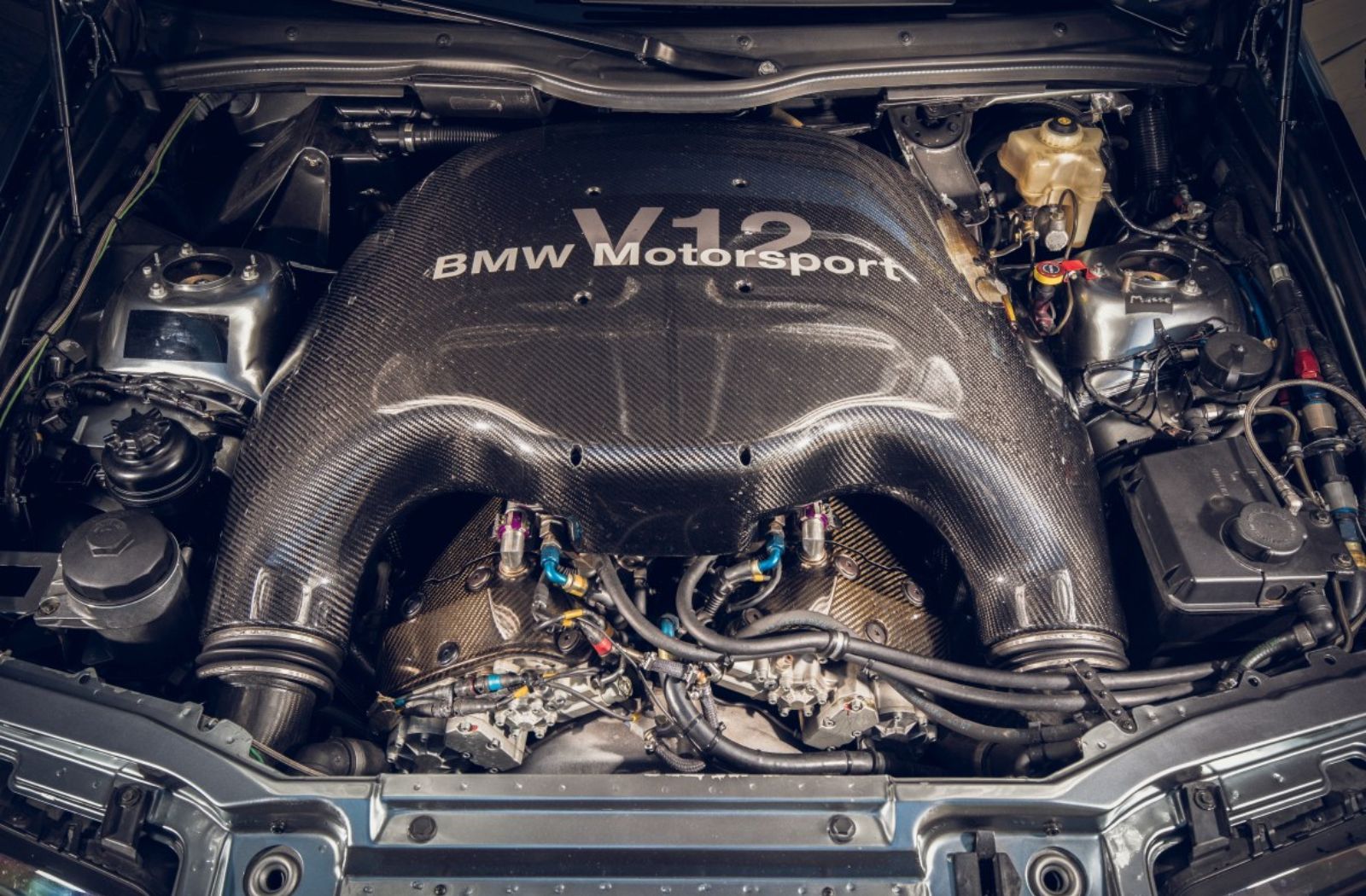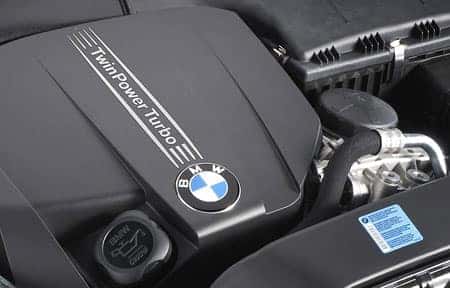The Advancement of the BMW Engine: A Recall at Iconic Versions
The Advancement of the BMW Engine: A Recall at Iconic Versions
Blog Article
Checking Out the Development of Combustion Engines in Modern Transport Equipments
As we navigate the landscape of modern-day transport, the evolution of burning engines stands as a testament to human ingenuity and design prowess. The interplay of background, innovation, and environmental problems in shaping the trajectory of burning engines produces a narrative that is both informative and compelling.
Very Early Beginnings of Combustion Engines
Exactly how did the principle of combustion engines initial arise in the early phases of transportation advancement? The origins of combustion engines can be mapped back to the 17th century when the principles of interior burning were first checked out.
The breakthrough moment featured the invention of the very first effective gasoline-powered engine by Karl Benz in 1885 - bmw engine. This engine led the way for the advancement of the modern-day automobile, changing transportation systems worldwide. Subsequent technologies by Nikolaus Otto and Gottlieb Daimler further fine-tuned combustion engine modern technology, leading to the mass production of vehicles and the quick growth of the transport industry
These early combustion engines were characterized by their simplicity and efficiency, laying the foundation for the complex and powerful engines used in modern transportation systems. The advancement of burning engines has actually been crucial fit the means we take a trip and deliver products, marking a considerable landmark in the background of transport advancement.
Shift to Internal Burning Modern Technology
The shift to interior combustion technology marked a pivotal change in the development of transportation systems. This change started in the late 19th century, with creators like Nikolaus Otto and Gottlieb Daimler developing the initial effective internal burning engines. These engines changed transport by providing a more powerful and effective alternative to vapor engines and electrical motors.
One of the vital advantages of interior burning engines was their capability to be scaled down to fit right into cars, leading to the growth of motorbikes and autos. This shift from bulky, fixed engines to compact, mobile ones led the way for the contemporary transportation systems we see today.
The change to internal burning technology additionally spurred innovations in fuel modern technology, causing the growth of gas and diesel as key fuel resources for vehicles. This shift not only made transportation extra easily accessible to the masses yet also laid the structure for the oil and gas sector to become important to global economic climates.
Influence of Combustion Engines on Transport
The adoption of burning engines in transport systems catalyzed a profound shift in the performance and speed of worldwide wheelchair. Burning engines changed transportation by giving a reputable and functional resource of power for numerous vehicles, including automobiles, ships, vehicles, and aircrafts. This advancement dramatically boosted the ability for goods and people to move over cross countries in shorter timespan, resulting in enhanced connectivity between regions and nations.
Additionally, the widespread use of combustion engines has had a considerable effect on financial growth. The capacity to move goods effectively has actually stimulated profession and business, enabling services to broaden their markets and reach consumers worldwide. This has actually promoted financial development and globalization, as products can now be transferred faster and in bigger amounts than ever.
Nevertheless, the environmental impact of burning engines can not be ignored. The burning of fossil fuels has brought about air contamination and greenhouse gas discharges, adding to environment modification and posing health threats to populations. bmw engine. Consequently, there is a growing focus on establishing alternative propulsion modern technologies to alleviate these negative results and produce a more lasting future for transportation
Developments in Combustion Engine Layout
One noteworthy advancement is the development of turbocharged engines, which make use of exhaust gases to drive a generator that presses incoming air, allowing for more fuel to be burned, resulting in raised power result without a substantial boost in engine size. Variable valve timing systems have also revolutionized engine layout by maximizing air flow at different engine speeds, boosting both power and performance. These advancements collectively contribute to the continual renovation of burning engines in modern transportation systems.
Future Fads in Combustion Engine Development
With technology innovations published here driving constant development, the future of combustion engine growth is poised to revolutionize transport systems internationally. One of the vital patterns in combustion engine growth is the push in the direction of higher efficiency and lowered discharges. Manufacturers are spending heavily in research and advancement to enhance engine efficiency while meeting rigorous environmental laws. This Bonuses includes the assimilation of sophisticated gas injection systems, boosted turbocharging techniques, and the usage of lightweight products to optimize gas consumption and minimize carbon emissions.
Another popular fad is the adoption of hybrid innovations in burning engines. Hybrid engines combine standard burning technology with electric power, supplying improved fuel effectiveness and reduced emissions. As the automobile market changes in the direction of electrification, crossbreed burning engines are seen as a transitional service that connects the void between conventional cars and completely electrical ones.
In addition, the assimilation of smart technologies, such as synthetic intelligence and data analytics, is expected to play a considerable function in the future of combustion engine advancement. These innovations can enhance engine performance in real-time, causing a lot more effective burning processes and improved total automobile efficiency. Accepting these future patterns will not continue reading this only drive development in combustion engine development yet additionally add to an extra ecologically pleasant and lasting transport community.

Verdict
In final thought, the evolution of combustion engines in modern transport systems has actually been marked by significant innovations in modern technology and style. From the early starts of combustion engines to the transition to inner burning technology, these engines have actually had an extensive influence on transport.
The roots of burning engines can be traced back to the 17th century when the principles of inner combustion were initial checked out. These engines transformed transport by using a more powerful and reliable alternative to vapor engines and electric motors.

Report this page